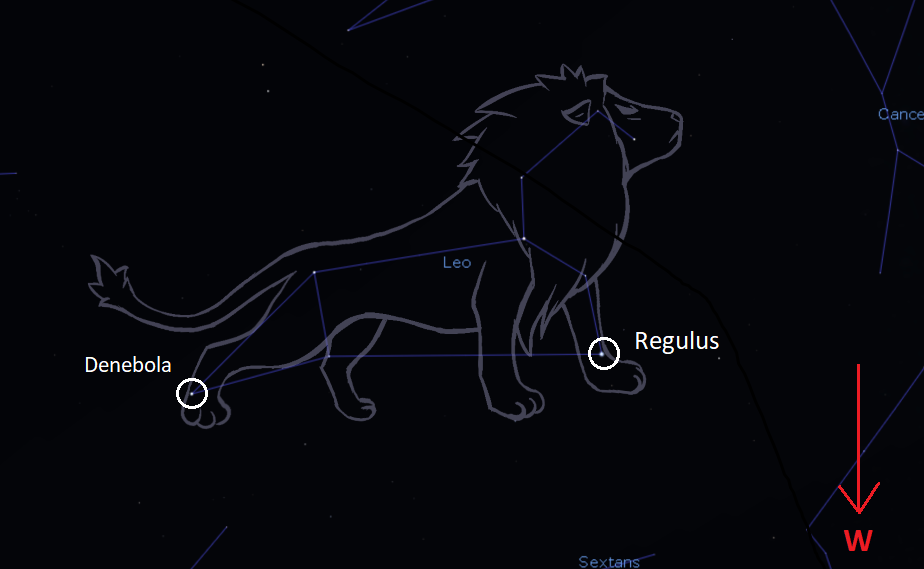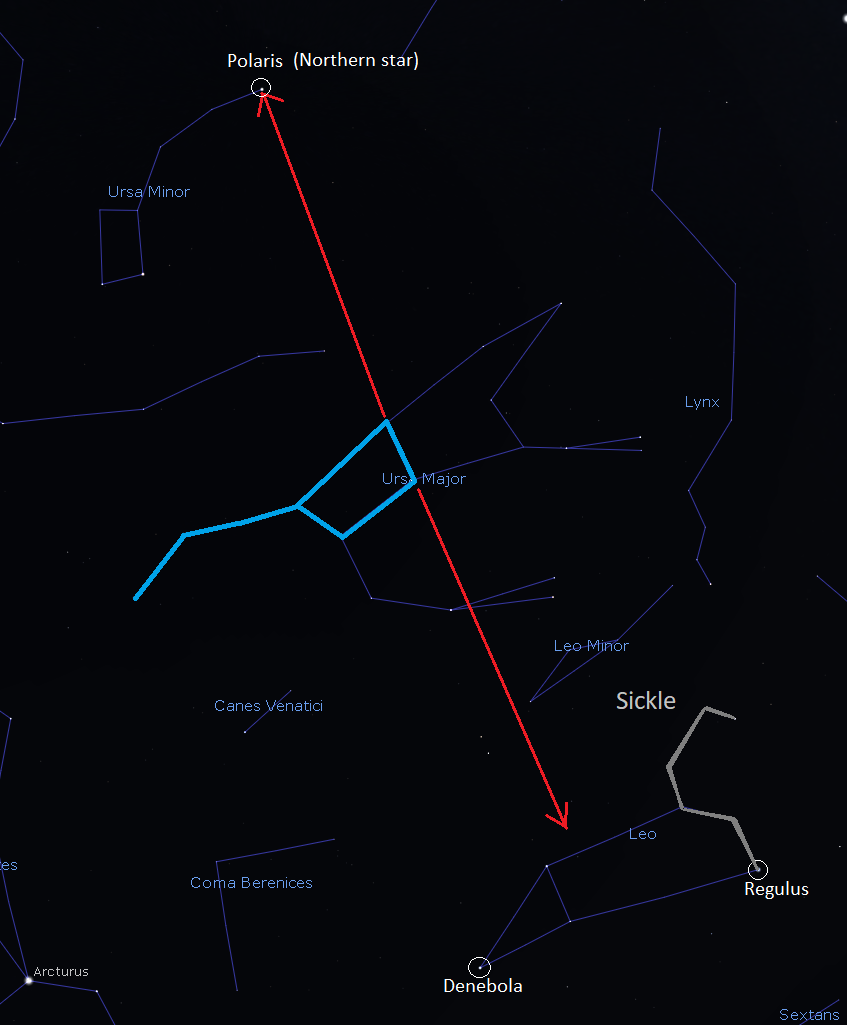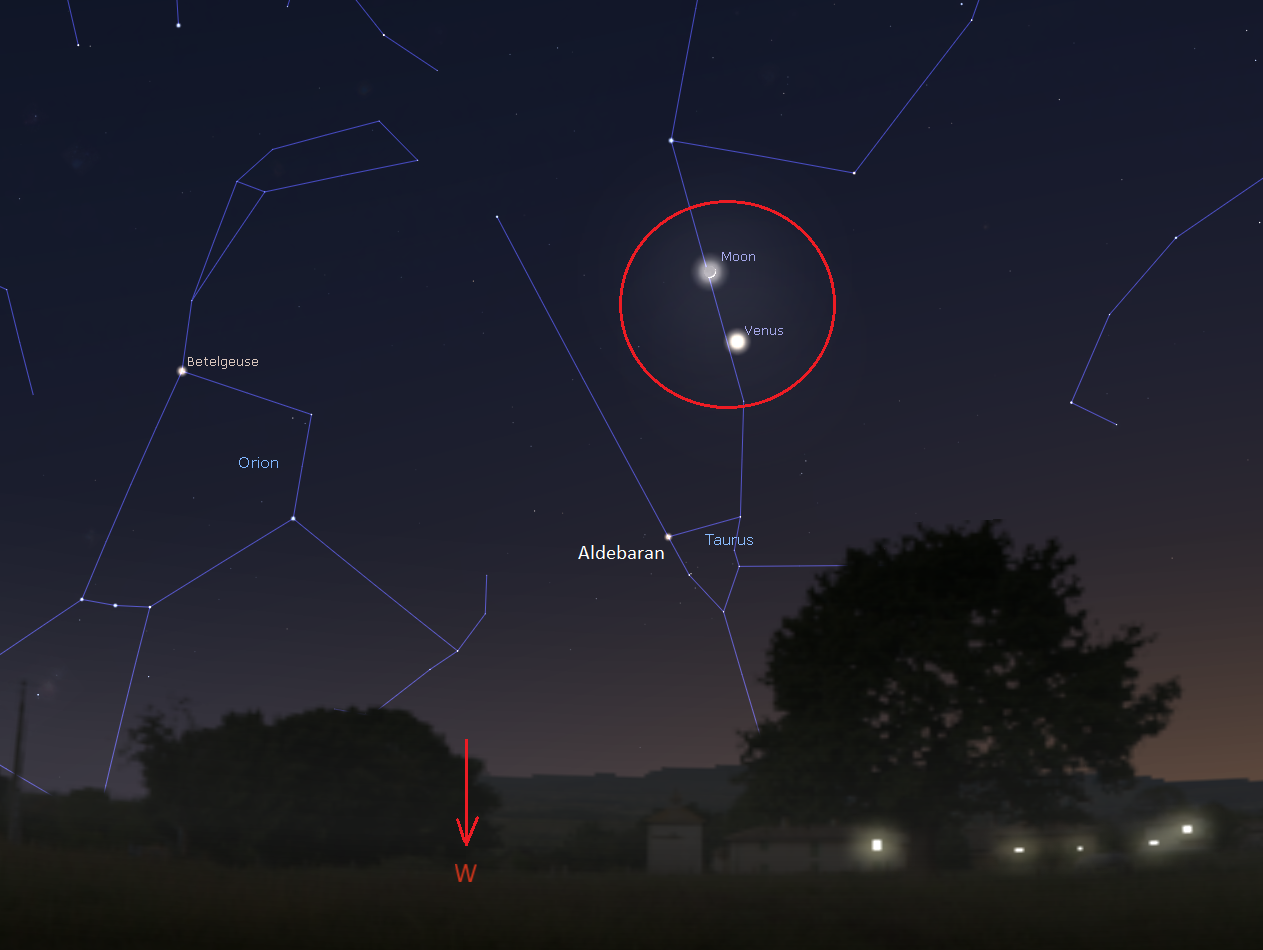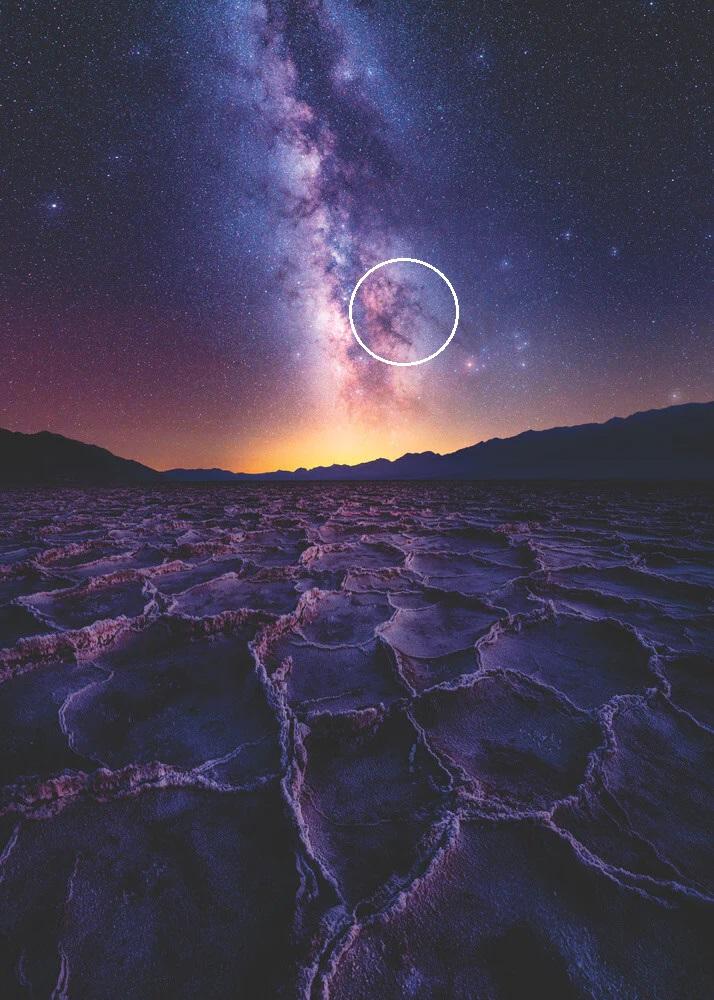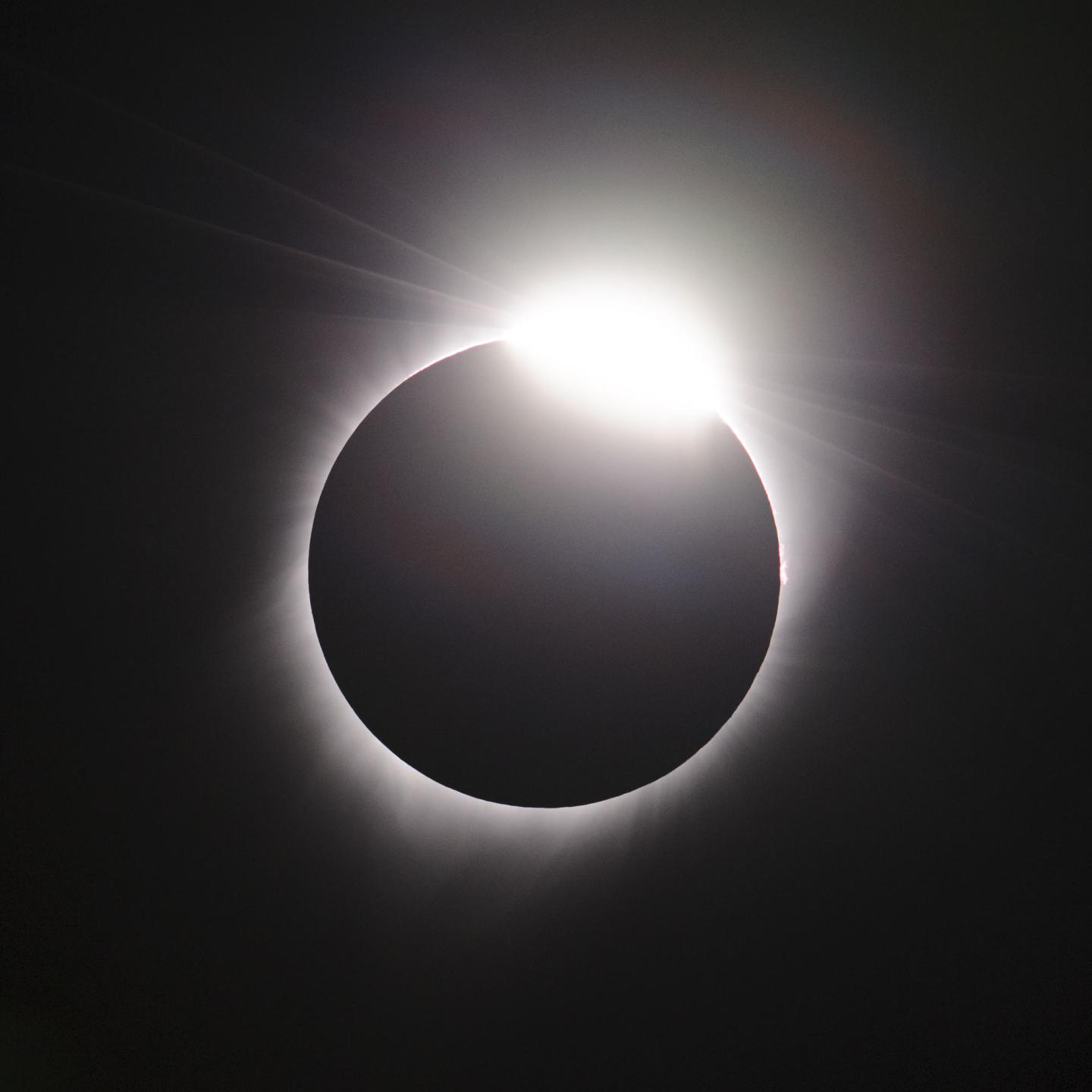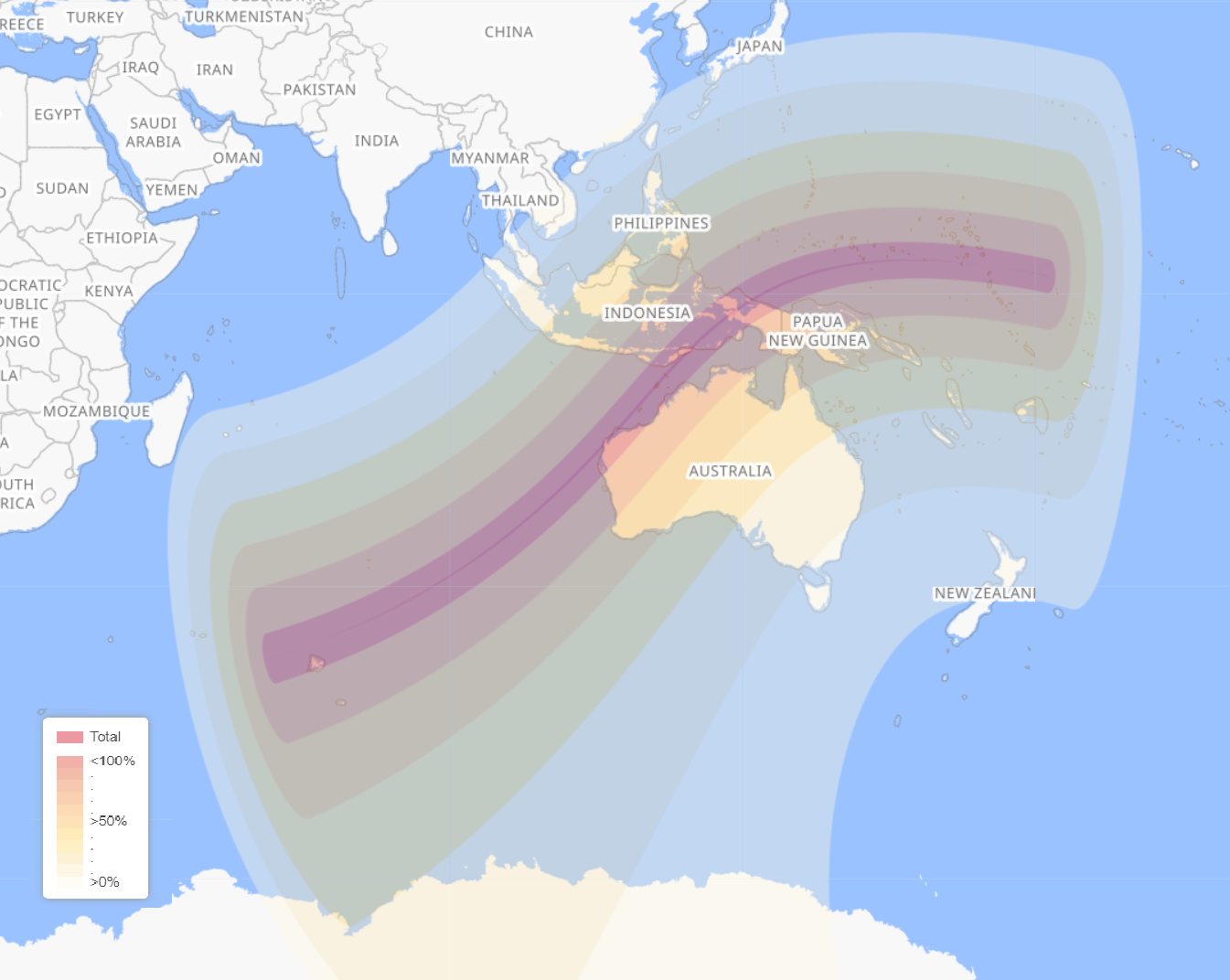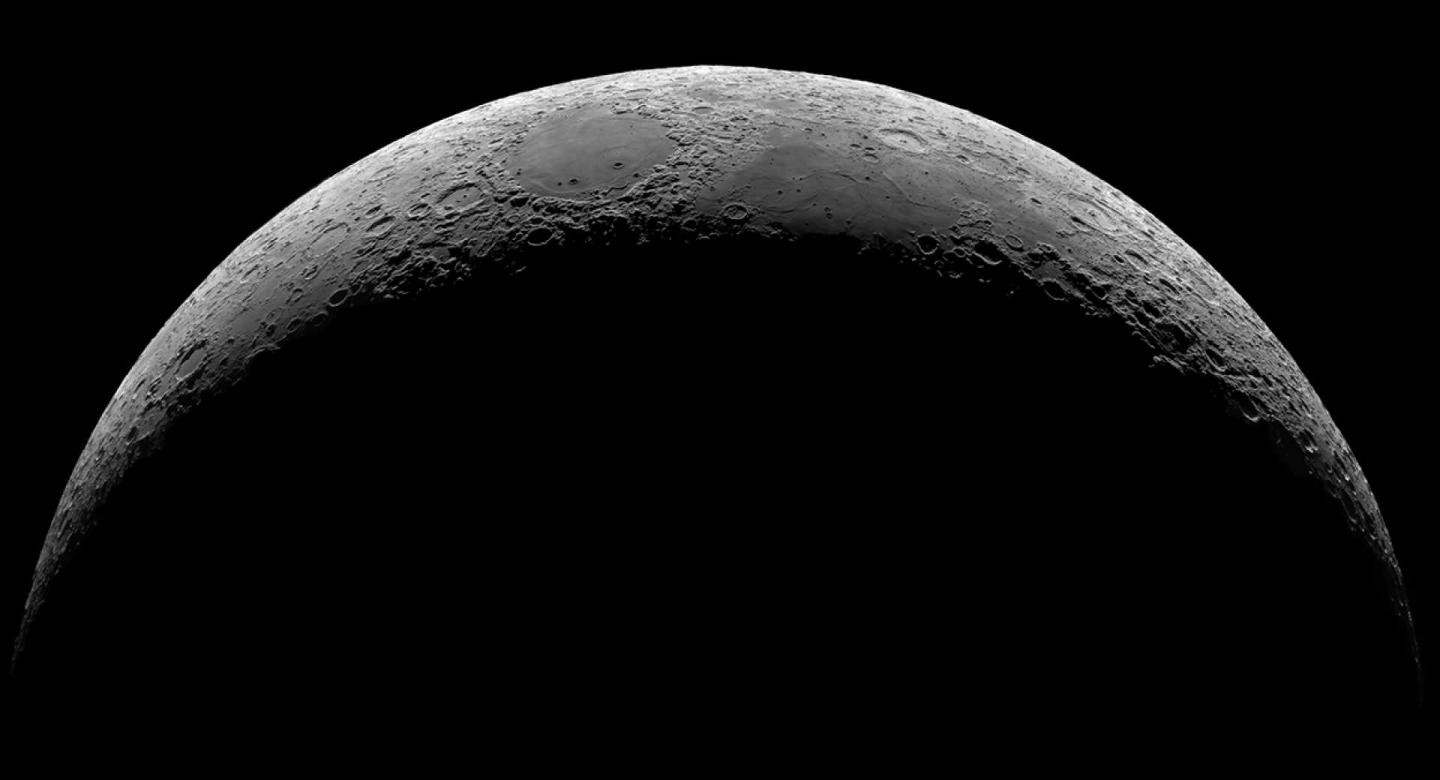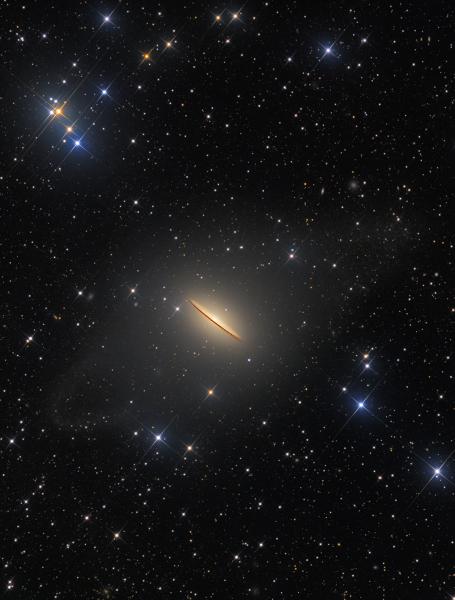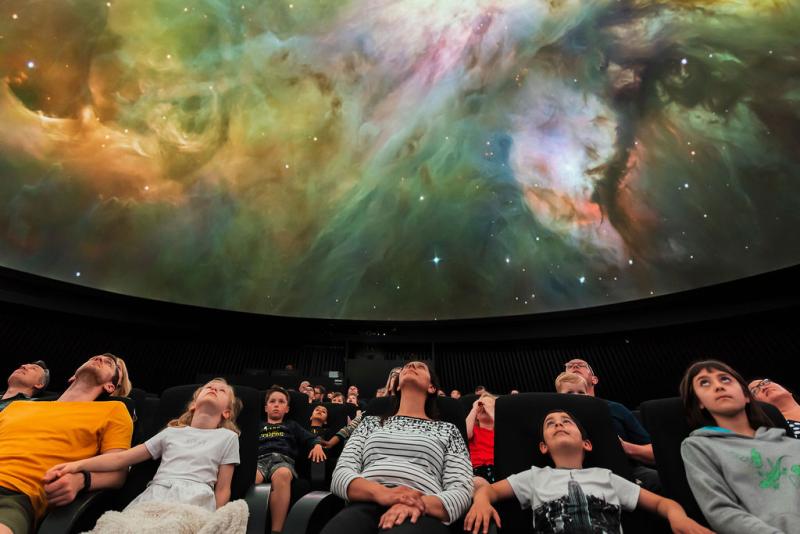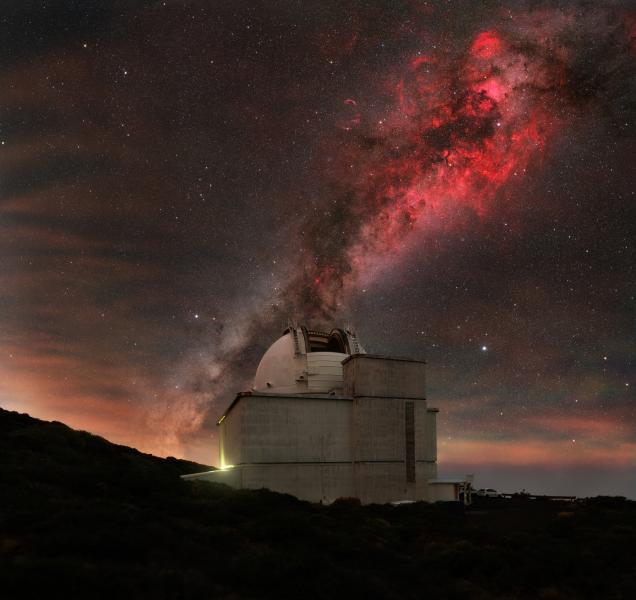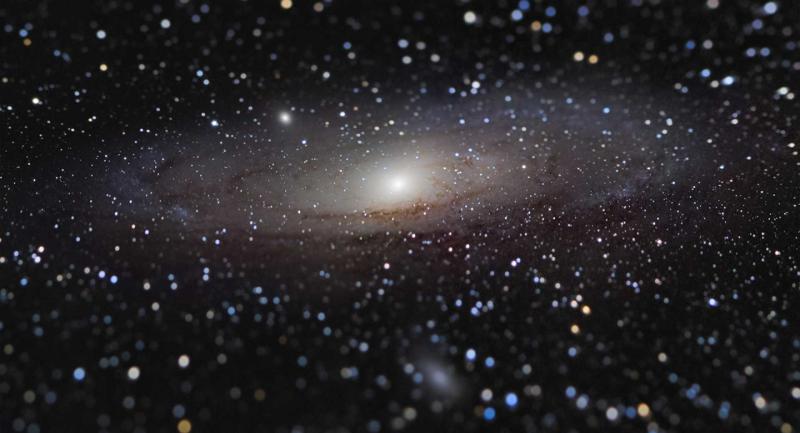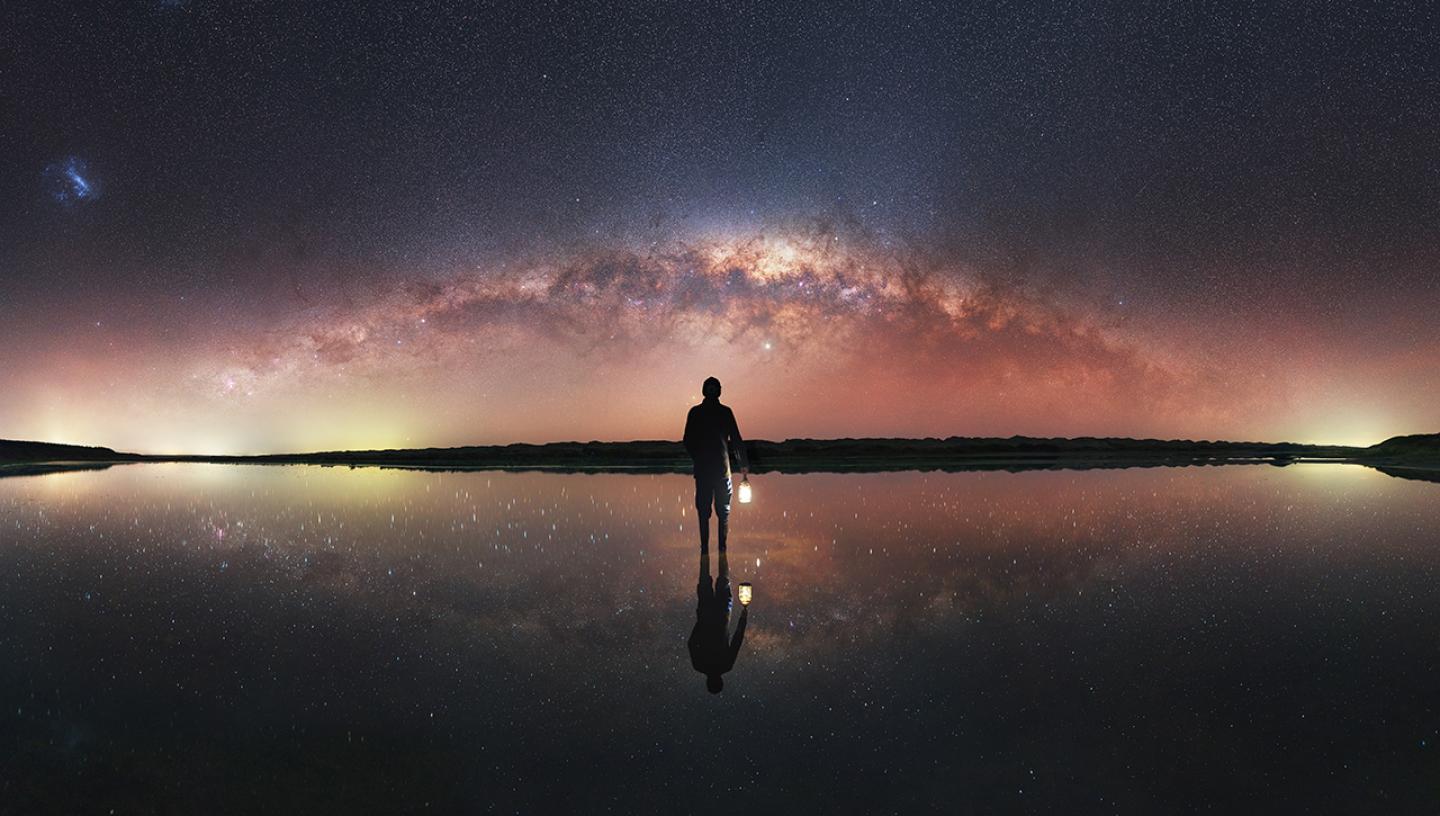
Discover what you can see if you look up to the night sky in April 2023.
Top 3 things to see in the night sky in April
- 22 April – enjoy the peak of the Lyrids meteor shower
- 23 April – the Moon meets Venus at sunset
- Throughout the month – look for Leo the lion
(Details given are for London and may vary for other parts of the UK)
See May's night sky highlights
Look Up! Podcast
Subscribe and listen to the Royal Observatory Greenwich's podcast Look Up! As well as taking you through what to see in the night sky each month, Royal Observatory Greenwich astronomers pick two space news stories to talk about.
In April's episode, which you can listen to below, we talk about a newly discovered massive exoplanet orbiting around a not-so-massive star, and the appearance of the northern lights in southern England. At the start of April, you can join us on Twitter to vote on which story is your favourite in our poll (@ROGAstronomers).
Our podcast is available on iTunes and SoundCloud.
Leo, the celestial lion
April is the perfect month to spot the zodiac constellation Leo, as it stays visible throughout the entire night from sunset to sunrise.
Leo’s head and front legs are the easiest to find if you look for the backwards question mark pattern known as the Sickle, with the dot of the question mark being the brightest star in Leo: Regulus.
This seemingly normal bright star is anything but normal in reality. It’s a system of at least 4 stars, and the biggest of them, Regulus A, spins around its axis so fast that if it were spinning any faster, it would fall apart. It takes 16 hours for one rotation, while our Sun takes about 27 days. This fast rotation also causes Regulus A to bulge at its equator, giving it an egg-like shape, instead of a sphere.
A triangle of stars east of the Sickle represents Leo’s torso and back legs. The brightest star is Denebola, a star almost twice the size and mass of our Sun.
Another way of finding Leo is using the Plough. This group of 7 bright stars belongs to the constellation Ursa Major. The same two stars that lead us to the Northern star, Polaris, lead us to Leo in the opposite direction.
A meteor shower awaits in late April
The Lyrids are the first major meteor shower we get to enjoy this year, but many more are to come. It is active during the second half of April, and peaks on the night of 22 April.
The Lyrids are not as magnificent as some of the other meteor showers like the Perseids in August, but they do have an interesting quirk to them: sometimes they leave glowing dust trains behind them that can be seen in the sky for several seconds after a meteor disappears!
Tips on how to watch a meteor shower:
- Find a good stargazing spot without light pollution
- Bring a sleeping bag, get warm and comfortable
- You want to be able to see as much of the sky as possible, so a telescope isn’t going to be useful here as it only focuses on one tiny patch of the sky
End of April: the Moon and Venus in conjunction
On 23 April the young crescent Moon will be visible throughout the entire day, greeting us in the morning at 7:00. It will start its journey across the sky in the east, reaching its highest point in the sky around 16:00, after which it will start setting towards the west, staying visible even after sunset.
Venus is right there with the Moon, above the horizon all day, although due to how bright the Sun is, spotting Venus is easiest in the evening, right after sunset, as it approaches the horizon in the west. Luckily, both the Moon and Venus are bright enough to be seen even from light polluted areas. The best time to observe them in conjunction will be between 21:00 and 23:00.
A conjunction between a planet and the Moon (or two planets, or a planet and a star) is simply the term astronomers use to describe the two objects in question being close to each other on the celestial sphere. This is only an apparent phenomenon for us as observers, and the objects that appear close to each other in the sky are still very far away from each other physically.
Nebulae from the Upside Down
When picturing nebulae, the first thing that comes to mind are magnificent colourful clouds of gas set far away in deep space. Some very famous ones are the Ring Nebula and the Dumbbell Nebula, popular targets for telescope owners during summer.
Gas that makes up these colourful masterpieces is so hot that it glows, allowing us to see them. Most of the gas in our galaxy, the Milky Way, is cold hydrogen gas that doesn’t glow at all, and therefore look like a black void to the observer.
To experience this new world of dark nebulae, find a stargazing spot with little to no light pollution that allows you to see the disc of our home galaxy. Since this is where most stars are concentrated, the Milky Way looks like a stripe across the sky that looks brighter than the rest of the sky. Let your eyes adjust to the darkness until you start seeing details across this glowing stripe: there are black patches branching out through the Milky Way. These are gigantic clouds of hydrogen gas described above.
Most of these dark nebulae do not have an official name assigned, and every stargazer can make up their own. The following constellations lie across the Milky Way and are good places to start looking for dark nebulae: Cassiopeia, Cepheus, Cygnus, Ophiuchus, Scorpio, Orion, Canis Major.
And here is an example to get you started: can you spot a dark horse in the grey circle on the image below?
See the launch of the Jupiter Icy Moons Explorer (JUICE) mission
JUICE (JUpiter ICy moons Explorer) is a mission led by the European Space Agency (ESA) that will explore Jupiter and its three large icy moons, Ganymede, Europa and Callisto, over the course of four years. Its main purpose is to confirm whether these moons have seas of liquid water below their icy surfaces and whether they might have the conditions for life.
JUICE is scheduled to launch on 13 April, but it will take almost 8 years to reach its destination! Discover what it will do once it gets there and how it is different to its predecessors:
A Solar eclipse for our readers from the south (and some north) of the equator!
A rare treat awaits our readers south of the equator, specifically in Oceania: a solar eclipse on 20 April! A solar eclipse occurs when the Moon finds itself between the Earth and the Sun, obscuring sunlight and casting a shadow on our planet. Observers lucky enough to find themselves in the Moon's shadow will see the lunar disc fully or partially cover the solar disc.
Here are some places where the total solar eclipse will be visible:
- Exmouth, Western Australia
- Kupang, East Nusa Tenggara, Indonesia
- West Papua
A partial solar eclipse (when only a portion of the solar disc is covered by the Moon) can be seen from a larger part of the Earth. Here are some places where the partial solar eclipse will be visible:
- Australia, Malaysia, Indonesia, Philippines, Papua New Guinea, Melanesia, Micronesia
The Moon's phases this month
Full Moon - 6 April (04:34)
Third Quarter - 13 April (09:11)
New Moon - 20 April (04:12)
First Quarter - 27 April (21:20)
Header image: Self-portrait under the Milky Way © Evan McKay
Never miss a shooting star
Be the first to hear space and astronomy news from the Royal Observatory Greenwich. Sign up to our space newsletter now.
